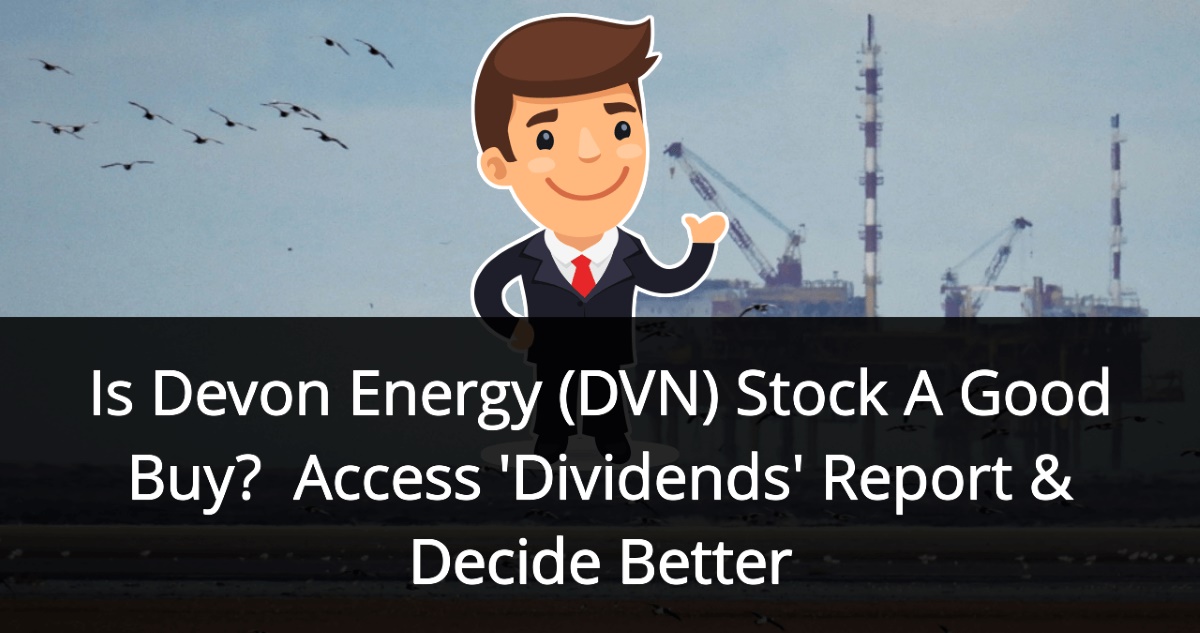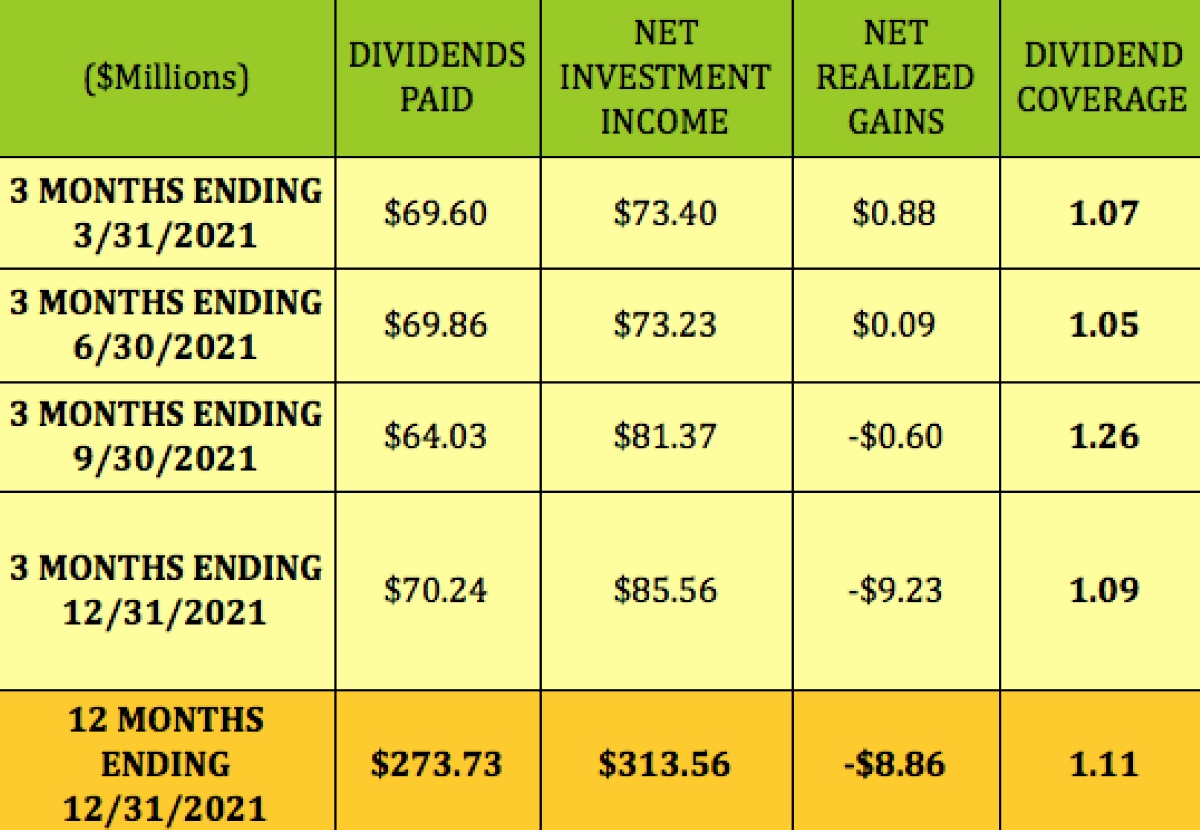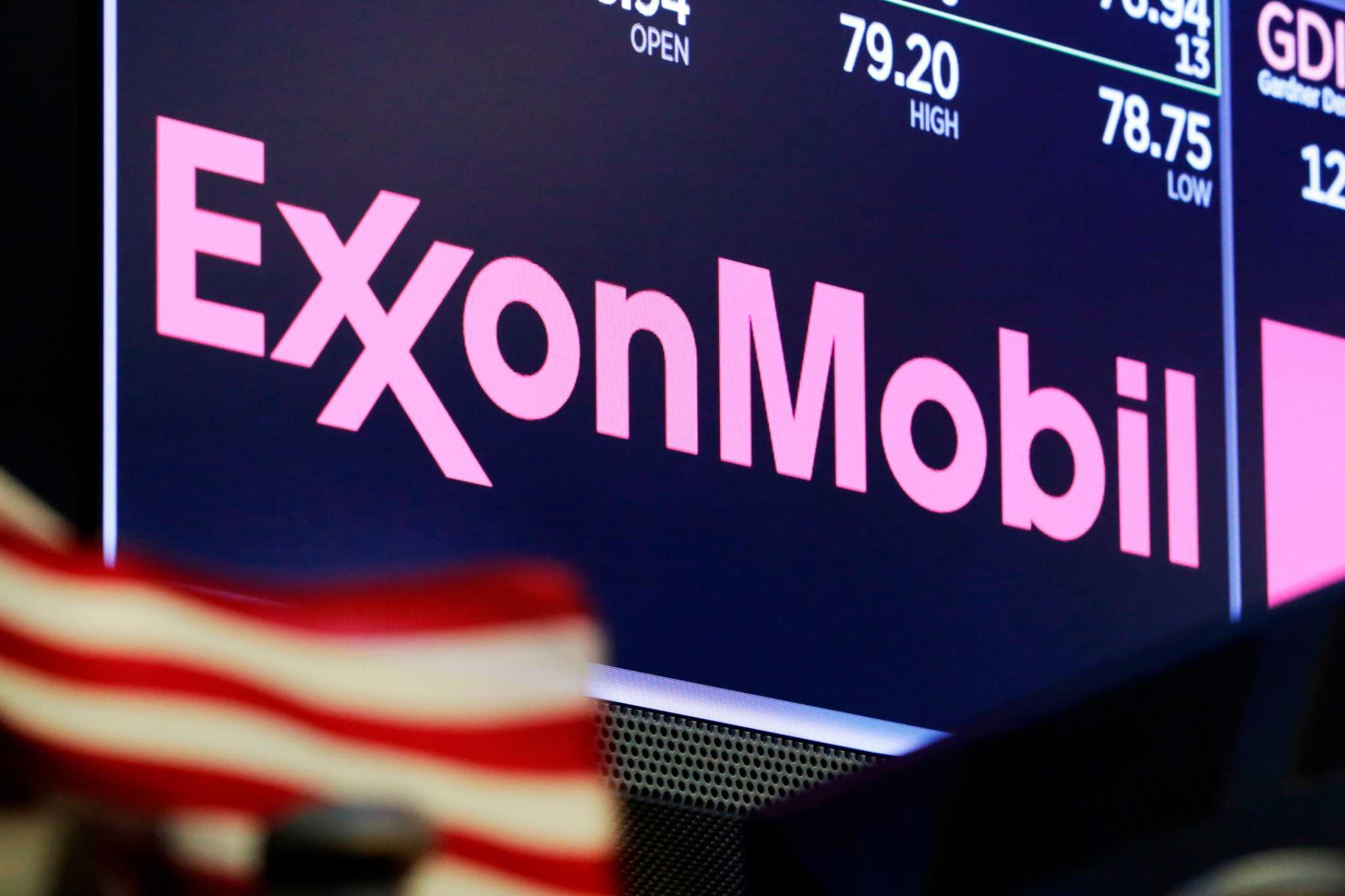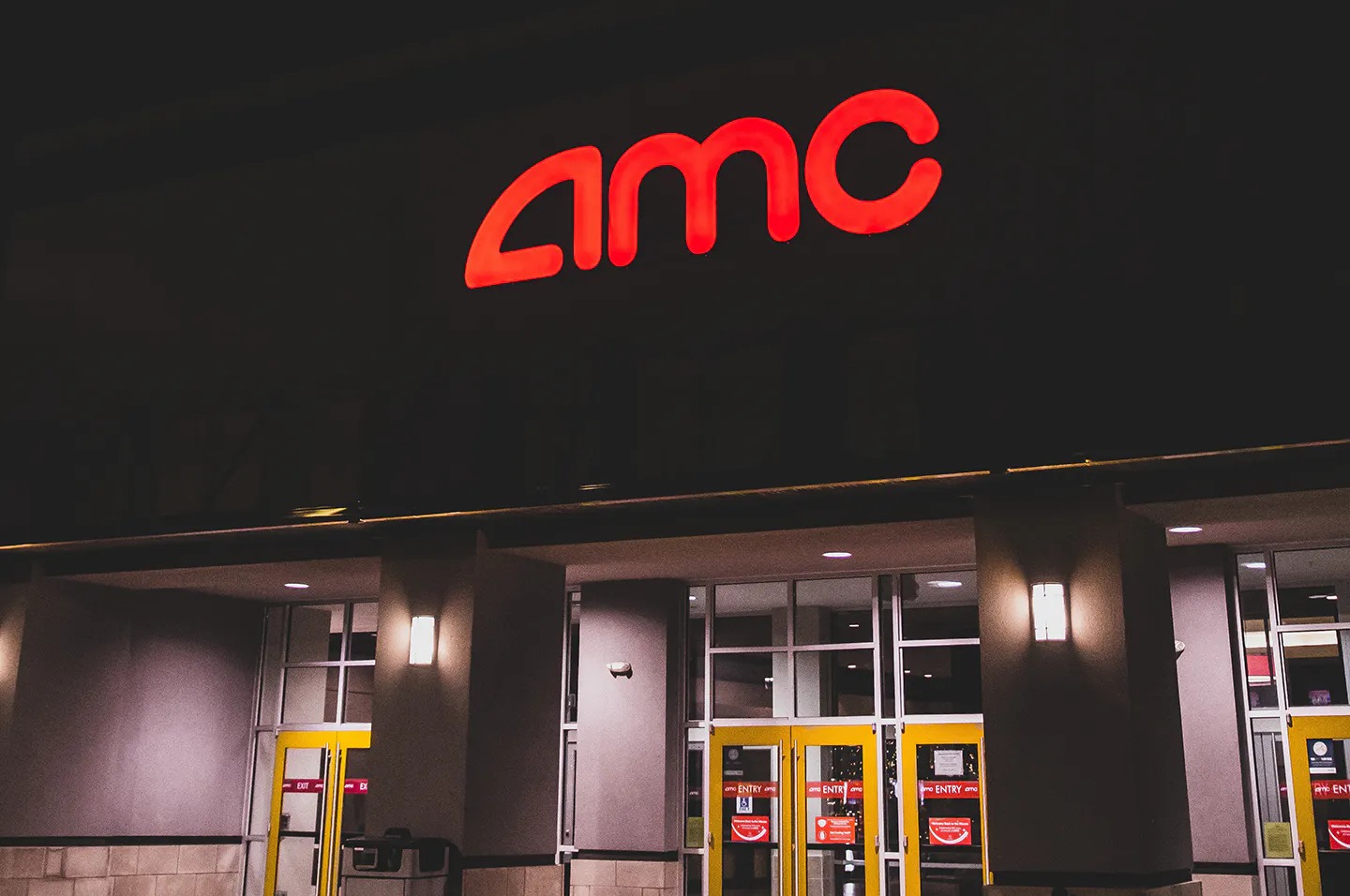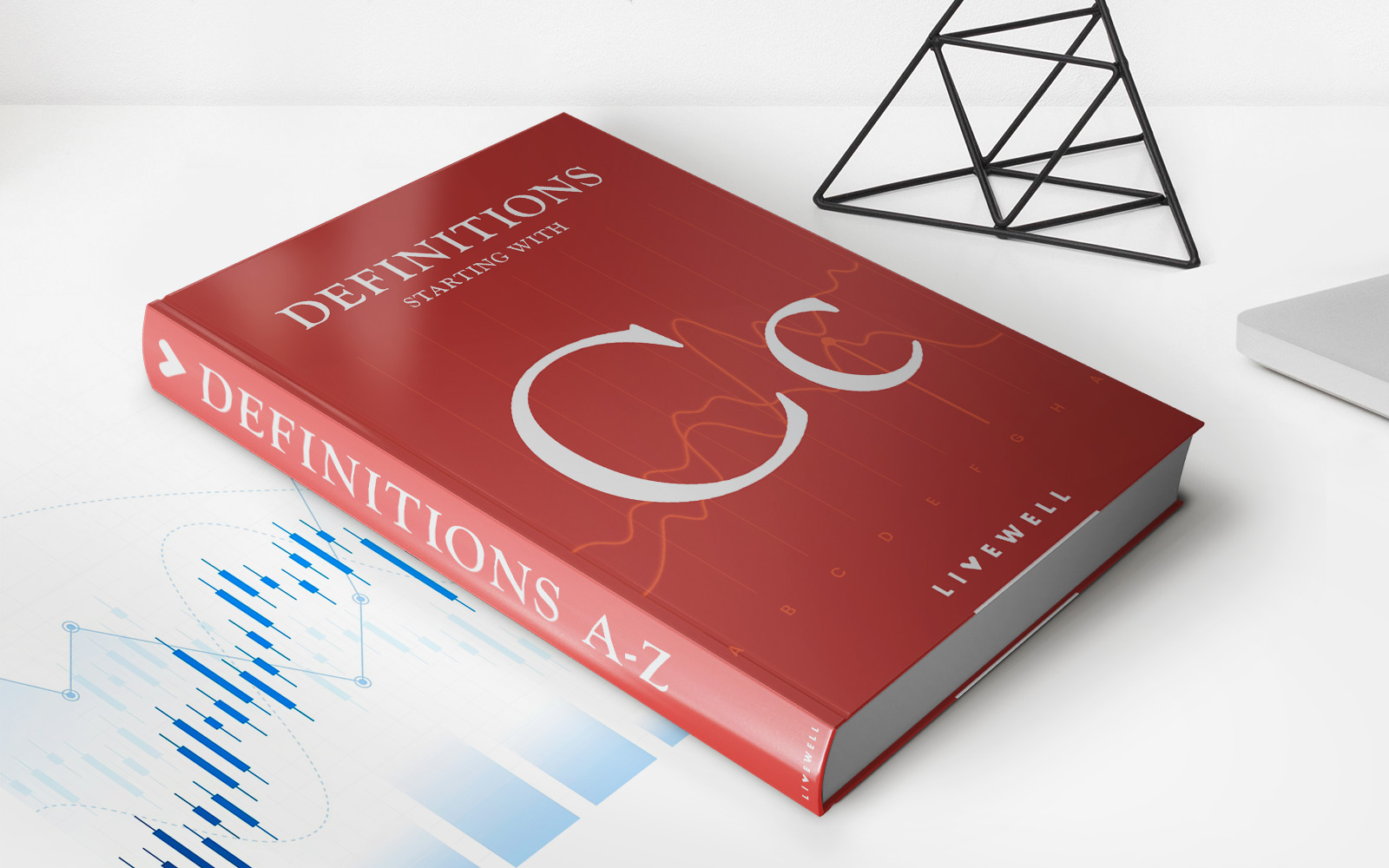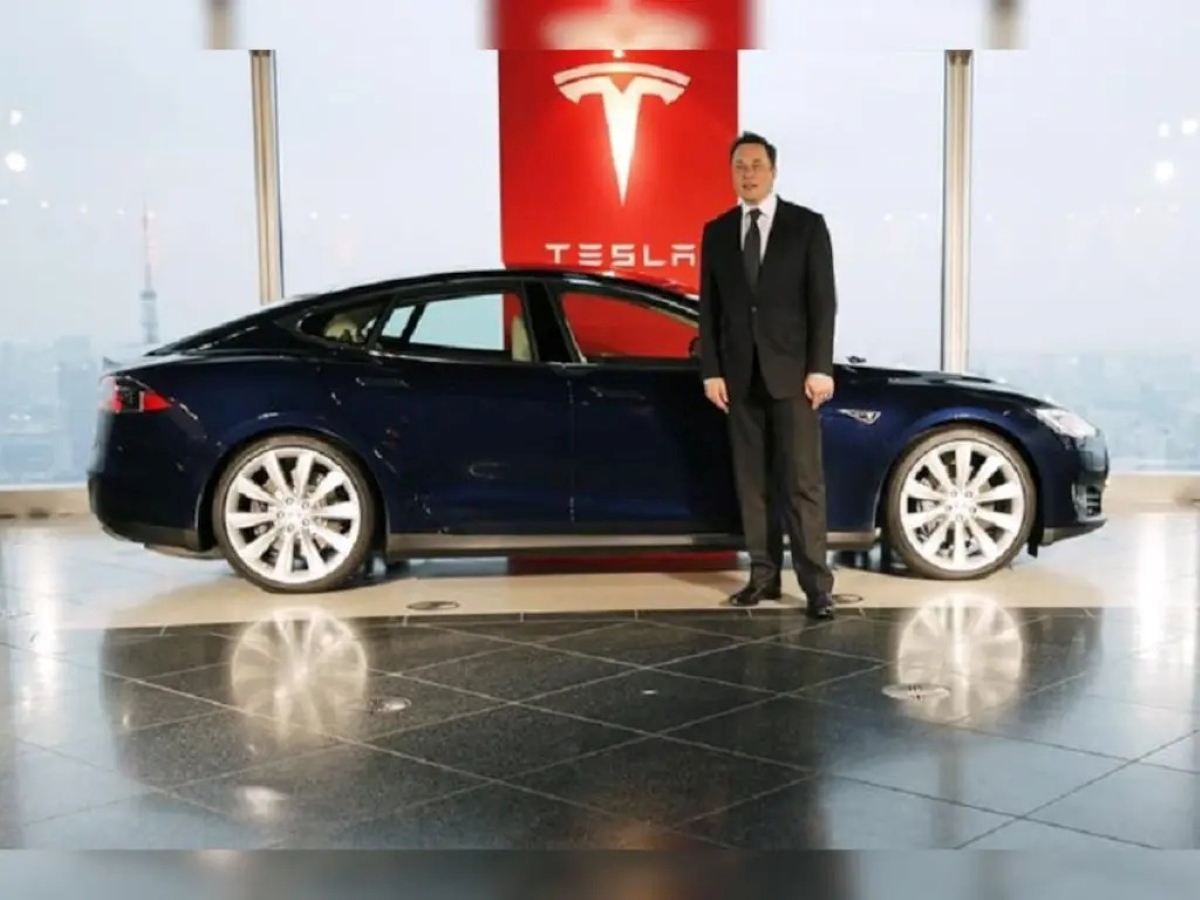

Finance
When Does Tesla Pay Dividends
Published: January 3, 2024
Learn about Tesla's dividend policy and find out when the company pays dividends. Stay informed about the financial aspect of Tesla's stock.
(Many of the links in this article redirect to a specific reviewed product. Your purchase of these products through affiliate links helps to generate commission for LiveWell, at no extra cost. Learn more)
Table of Contents
Introduction
When it comes to investing in the stock market, dividends play a crucial role in attracting investors. Dividends are a way for companies to distribute a portion of their profits back to shareholders, providing them with a regular income stream. However, not all companies pay dividends, and the decision to do so depends on various factors, including the company’s financial health, growth prospects, and management’s strategy.
One company that has been the epitome of growth and disruption in the automotive industry is Tesla. Known for its electric vehicles and innovative technology, Tesla has garnered significant attention from investors. However, when it comes to dividends, Tesla follows a different approach compared to traditional companies.
In this article, we will explore the topic of dividends and delve into the question of whether Tesla pays dividends. We will take a closer look at Tesla’s dividend policy and its historical record of dividend payments. We will also examine the factors that influence Tesla’s decision to pay dividends and evaluate the likelihood of Tesla paying dividends in the future.
So, if you’re a Tesla investor or considering investing in the company, this article will provide you with valuable insights into the dividend landscape of Tesla and help you make informed decisions regarding your investment strategy.
Understanding Dividends
Before we delve into Tesla’s dividend policy, it’s important to understand the concept of dividends and their significance in the world of investing. Dividends are a portion of a company’s profits that are distributed to shareholders as a way to reward them for their investment in the company.
Dividends are typically paid in the form of cash, but they can also be paid in the form of additional shares of stock or other property. The amount of dividends paid out to shareholders is usually determined by the company’s board of directors and is based on various factors, including the company’s financial performance, cash flow, and growth prospects.
For investors, dividends can be an attractive feature of a stock, as they provide a regular income stream. Dividend-paying stocks are often sought after by income-focused investors, such as retirees, who rely on the cash flow generated by their investments to cover living expenses.
Dividends can also indicate the financial health and stability of a company. Companies that consistently pay dividends, especially those that increase their dividend payouts over time, are often viewed positively by investors as a sign of a reliable and profitable business.
However, not all companies pay dividends. Some companies, especially those in high-growth industries or those that prefer to reinvest their profits back into the business, may choose to retain their earnings and forgo paying dividends. Instead, these companies may opt to use their profits to fund research and development, expand operations, or make acquisitions.
Now that we have a better understanding of dividends and their importance, let’s explore Tesla’s approach to dividends and whether the company pays dividends to its shareholders.
Tesla’s Dividend Policy
When it comes to dividends, Tesla’s approach differs from many traditional companies. Since its inception, Tesla has not paid any dividends to its shareholders. The company’s dividend policy focuses on reinvesting its profits back into its operations, research, and development, as well as expanding its manufacturing capabilities and global presence.
One of the reasons behind Tesla’s decision to not pay dividends is its emphasis on growth and innovation. As a pioneer in the electric vehicle industry, Tesla has consistently prioritized using its resources to advance its technology and disrupt the automotive market. By reinvesting profits, Tesla aims to fund its ambitious projects, such as the development of new models and the expansion of its charging infrastructure.
Another factor influencing Tesla’s dividend policy is its CEO, Elon Musk. Musk has stated that he believes it is in the best interests of Tesla and its shareholders to reinvest profits rather than distribute them as dividends. He believes that by reinvesting, Tesla can continue to drive innovation and create long-term shareholder value.
Additionally, Tesla operates in a capital-intensive industry, requiring significant investments in manufacturing facilities, research, and development. By retaining earnings, Tesla can finance its operations and maintain its competitive edge in an industry that requires continuous technological advancements and infrastructure development.
It’s important to note that Tesla’s dividend policy may be subject to change in the future. As the company matures and generates consistent profits, it could reconsider its stance on dividends and choose to distribute a portion of its earnings to shareholders. However, at present, Tesla remains focused on reinvestment and growth rather than paying dividends.
Now that we understand Tesla’s dividend policy, let’s take a look at the historical record of Tesla’s dividend payments, or lack thereof.
Historical Overview of Tesla’s Dividends
When it comes to Tesla’s dividend history, there is not much to talk about. Since its initial public offering (IPO) in 2010, Tesla has not paid any dividends to its shareholders. The company’s focus has been on reinvesting its profits back into the business to drive growth and innovation.
During its early years, Tesla faced significant challenges as it sought to establish itself as a leader in the electric vehicle market. The company had to invest heavily in research and development, build its manufacturing capabilities, and overcome production hurdles. These factors, along with its ambitious growth plans, led Tesla to prioritize reinvestment over dividend payments in order to fuel its expansion.
As Tesla grew and gained traction in the market, its focus on innovation and scale became even more pronounced. The company invested heavily in its Gigafactories, which are large-scale manufacturing facilities, to increase its production capacity and meet the growing demand for its electric vehicles.
Furthermore, Tesla’s acquisition of SolarCity in 2016 further exemplified its commitment to investing in new technologies and expanding its product offerings. By integrating solar energy solutions with its electric vehicle business, Tesla aimed to create a sustainable ecosystem and solidify its position as a leader in renewable energy.
While Tesla has consistently generated significant revenue and improved its financial performance over the years, dividends have not been on the agenda. The company’s management believes that reinvesting profits and maintaining strong financial reserves are necessary to achieve its long-term goals and ensure its competitive position in the industry.
It’s worth mentioning that Tesla’s lack of dividends has not deterred investors from flocking to the company’s stock. Tesla has experienced substantial stock price appreciation, driven by its disruptive technology, strong brand, and optimistic growth outlook. Investors have been willing to forego dividend income in exchange for the potential capital gains that Tesla stock offers.
While Tesla’s dividend history may not be notable, its growth story and ability to captivate investors’ imaginations have made the absence of dividends an acceptable trade-off for many shareholders.
In the next section, we will explore the factors that influence Tesla’s decision to pay dividends or not, and assess the prospects of Tesla offering dividends in the future.
Factors Influencing Tesla’s Dividend Payments
Tesla’s decision to pay dividends, or lack thereof, is influenced by several factors that shape the company’s dividend policy. Understanding these factors can provide insights into why Tesla has not paid dividends thus far and what may influence its stance on dividends in the future.
1. Growth Strategy: Tesla has been on a mission to revolutionize the automotive industry and accelerate the world’s transition to sustainable energy. For a company with such ambitious goals, reinvesting profits into research and development, expanding production capabilities, and developing new technologies is crucial. By focusing on growth and innovation, Tesla aims to solidify its market position and gain a competitive advantage.
2. Capital Intensity: The automotive industry is highly capital-intensive. Developing and manufacturing electric vehicles requires significant investments in production facilities, battery technology, and charging infrastructure. By retaining earnings, Tesla can access the necessary capital to fund its operations, build new factories, and invest in crucial technological advancements.
3. Cash Flow Considerations: Dividend payments require a consistent and reliable cash flow stream. While Tesla has reported increasing revenue and positive cash flow in recent years, the company may prioritize using its cash to fund its long-term growth initiatives and maintain financial flexibility.
4. Investor Preferences: Tesla’s investors, both institutional and retail, have shown a strong appetite for capital appreciation rather than dividend income. The company’s stock has been highly sought after for its growth potential, and investors have been willing to forgo dividends in exchange for the potential for substantial capital gains.
5. Management Philosophy: The vision and philosophy of Tesla’s CEO, Elon Musk, play a significant role in shaping the company’s dividend policy. Musk has repeatedly expressed his belief in reinvesting profits to drive growth and create long-term shareholder value. His emphasis on high-impact projects and disruptive innovation aligns with Tesla’s focus on reinvestment rather than dividend payments.
It’s important to note that these factors are subject to change over time. As Tesla continues to evolve, mature, and generate consistent profits, it may reevaluate its approach to dividends. External factors, such as changes in the regulatory landscape or shifts in investor preferences, could also influence Tesla’s dividend policy.
In the following section, we will examine the prospects of Tesla paying dividends in the future and what investors can expect from the company in terms of shareholder returns.
Future Prospects of Tesla Paying Dividends
As Tesla continues to mature and establish itself as a leading player in the automotive industry, the question of whether the company will pay dividends becomes increasingly relevant. While Tesla has not paid dividends thus far, the future prospects of dividend payments cannot be ruled out entirely.
Several factors may influence Tesla’s decision to pay dividends in the future:
1. Profitability: Tesla’s profitability is a crucial factor in determining its ability to pay dividends. As the company focuses on scaling up production, improving operational efficiency, and reducing costs, achieving sustained profitability becomes a top priority. Consistent and significant profits would provide the financial foundation necessary for Tesla to consider distributing dividends to its shareholders.
2. Cash Flow Generation: In addition to profitability, Tesla needs to have strong and reliable cash flow generation to support dividend payments. While Tesla has been generating positive cash flow in recent years, it remains to be seen whether the company can consistently maintain strong cash flow as it invests in new projects and expands into different markets.
3. Capital Allocation Priorities: Tesla’s capital allocation strategy plays a vital role in determining if dividend payments are on the agenda. The company may prioritize reinvesting profits into research and development, expanding production capacity, and building out its charging infrastructure. However, as Tesla matures and achieves its growth objectives, it may reassess its capital allocation priorities and consider returning excess cash to shareholders in the form of dividends.
4. Shareholder Demand: Tesla’s management takes into account shareholder demand and investor expectations when making strategic decisions. If there is a significant shift in investor preferences towards income-focused investments or if Tesla’s investor base undergoes a change, the company may revisit its dividend policy to meet the demand for dividend income.
5. Regulatory and Legal Considerations: Tesla operates in a highly regulated industry, and any changes in tax laws or regulations related to dividends could also influence the company’s dividend policy. It is essential for Tesla to comply with applicable laws and regulations governing dividend payments.
While the future prospects of Tesla paying dividends remain uncertain, it is important for investors to consider the broader picture when evaluating the potential for dividend income. Tesla’s dividend policy, or lack thereof, should be viewed in the context of the company’s growth strategy, capital requirements, and commitment to innovation.
Ultimately, the decision to pay dividends lies in the hands of Tesla’s management and board of directors. As the company progresses and matures, it will continue to assess its capital allocation priorities and consider the best ways to create value for its shareholders.
Let’s now conclude our analysis of Tesla’s dividend landscape.
Conclusion
Tesla, known for its innovation and disruptive presence in the automotive industry, has taken a unique approach to dividends. The company has not paid dividends to its shareholders since its inception, instead choosing to reinvest its profits into research and development, production expansion, and technological advancements.
The decision to not pay dividends aligns with Tesla’s growth-focused strategy and its commitment to creating long-term shareholder value. By retaining its earnings, Tesla can finance its ambitious projects and maintain its competitive edge in the rapidly evolving electric vehicle market.
While Tesla’s dividend policy may not be traditional, it has not stopped investors from being attracted to the company. Tesla’s stock price has experienced significant appreciation due to its disruptive technology, strong brand, and optimistic growth outlook. Investors have recognized that the potential for capital gains outweighs the absence of dividend income.
Looking ahead, the prospects of Tesla paying dividends depend on various factors, including sustained profitability, strong cash flow generation, and evolving investor preferences. As Tesla continues to mature and achieve its growth objectives, it may reassess its capital allocation priorities and consider distributing excess cash to shareholders in the form of dividends.
However, it is important for investors to understand that Tesla’s dividend policy can change over time. As the company undergoes new opportunities and challenges, its stance on dividends may shift to adapt to the evolving business landscape and investor demands.
In conclusion, Tesla’s dividend landscape reflects its innovative and growth-oriented approach. While dividends may not be on the immediate horizon, Tesla’s focus on creating groundbreaking technology and expanding its market presence remains at the forefront. Investors should consider Tesla’s dividend policy in the context of its dynamic business strategy and long-term potential for value creation.
